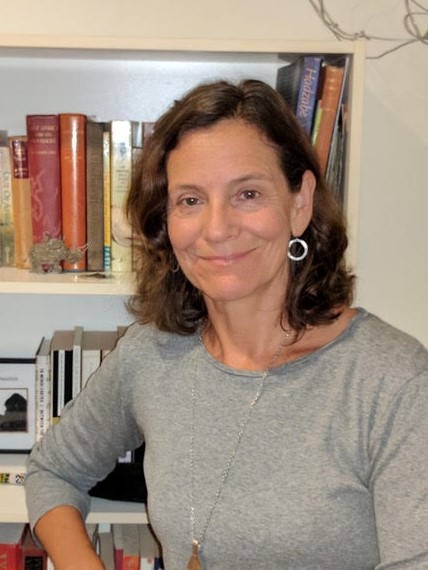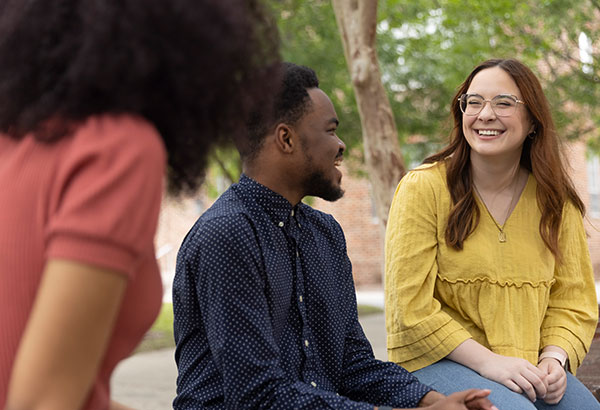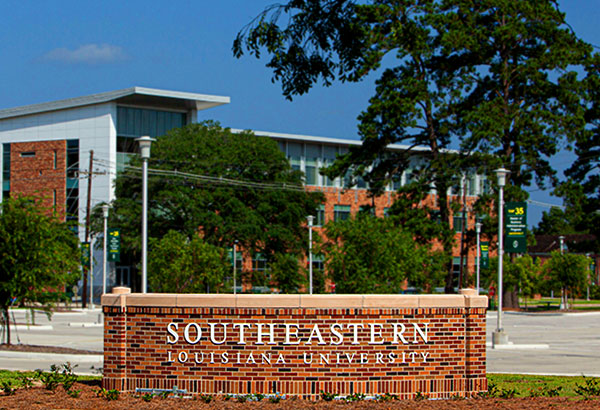Southeastern > Academics > Academic Programs > Experiential Learning > News & Events > Buying into Real-World Ready Courses
NEWS & EVENTS
More news stories
APRIL 25, 2024Differentiated Instruction Online: Questions and Answers
Aligning Course Practice with "Eight Principles of Experiential Learning"
Me, Too: Experiential Learning for Instructors
Awareness of Risk in Experiential Learning
Understanding Student Fears
FAQs in Online Experiential Education
Buying into Real-World Ready Courses
Friday, February 23, 2018
Kellen Gilbert, Ph.D.
Professor of Anthropology
The Woman's Hospital Professor
“It’s too much extra work.” “My course is already real-world applicable.” “I don’t know how to enter data into Weave.” “When do I have time to write a proposal for a new class?”
These were my thoughts when I first heard about Real-World Ready (RWR) designated courses as part of Southeastern’s Quality Enhancement Plan over three years ago. And these are still some of the responses I get when I talk to colleagues about experiential learning and RWR courses, especially as the call for 2018-19 RWR Enhancement Grants quickly approaches.
Getting faculty buy-in is critical for the success of experiential learning courses and programs but also difficult to achieve. It doesn’t have to be. Here I offer some things I’ve learned since becoming involved with Experiential Learning at Southeastern.
Cathy Hamilton, Director of the Office of Leadership and Service-Learning at the University of North Carolina Greensboro, talked with me recently about what works at UNCG. Dr. Hamilton offered some questions to help faculty consider including an experiential-learning component to a class. The first is about natural fit.
She suggested asking yourself: Is the experiential-learning component I have in mind clearly tied to one or more of my course objectives? In my case as I was developing Anthropology 410 (Culture and the Environment), I was interested in adding a class activity in which we would work directly with an East African conservation organization. I thought this would be a great opportunity for students to apply anthropological theories and methods to real-world problems, a course objective, in particular, how Chagga farmers in the Kilimanjaro region of Tanzania can co-exist with wild elephants. To me that seemed to be a natural fit.
The second question Dr. Hamilton suggested: Is the experiential-learning component connected to the goals of your department? Its connection to the goals of the department has to make sense academically but also realistically as support of the department head and department colleagues is important for the course’s success. My department: Sociology and Criminal Justice prepares students for citizenship by encouraging them to understand, tolerate and respect the vast array of cultural and intellectual differences found throughout the world. Learning about human-wildlife conflict issues, here and abroad, and then working with people who are culturally very different from southeast Louisianans seemed to fit the bill for what my department aims to do.
Once you’ve identified the appropriate course for an experiential-learning component and have modified your syllabus, particularly adding enough information for the student to understand the objectives, work involved, requirements (including requirements for reflections) and assessment not only of the course itself, but specifically of the experiential learning component. On the syllabus for my course I include a section about grade requirements and what exactly is required in terms of reflective journal writing, reading assignment written critiques, project participation and final presentation. I also include information about assessment and explain who this is different from their grades for the course.
Assessment is the other big issue when it comes to faculty buy-in. Cathy Hamilton said faculty on her campus tend to retreat whenever assessment comes up, and she thinks it is the responsibility of her office to make assessment as easy as possible. And that is what Dr. Jayetta Slawson, Program Coordinator of the Office of Experiential Learning, and her staff have done. To be sure, assessment is part of our Real-World Ready program, and as I am learning, does not need to be intimidating.
According to Dr. John Boulahanis, Southeastern’s Director of Institutional Effectiveness, assessment is determining whether those outcomes have been met. It means capturing data that can validly and reliably say: yes, students who complete course XXX are able to (fill in the blank).
We faculty have already identified, in our RWR courses, specific learning outcomes. As a long-time instructor I feel like I can assess how well my students are meeting these. I know which ones complete the course with deep understanding; I know the ones who “get it.” However, this is much more of a qualitative measure on my part. Across the University, though, for assessment to be thorough and consistent, its measures need to be quantified. Here’s where WEAVE (an assessment management software application—I had to look that up) used to come in. The good news is RWR faculty do not need to enter data into Weave! What we do is submit data for our course’s four Student Learning Outcomes. Dr. Slawson has created a user-friendly Excel template for this purpose. She and her staff then compile the data from all of the RWR courses on campus. Other than submitting a short action plan on “lessons learned” to accompany the numbers reported, according to Dr. Slawson, that’s it.
I’ve taught my RWR course three times now, and the initial concerns I had about the extra time required and dealing with assessment are no more. Teaching the class is a challenge, mostly coordinating communications between the class and organization staff in East Africa; there’s a nine hour time difference in addition to regular power outages. But that’s the real world when you are working with an international organization. It has been a rewarding learning experience for my students and me.






